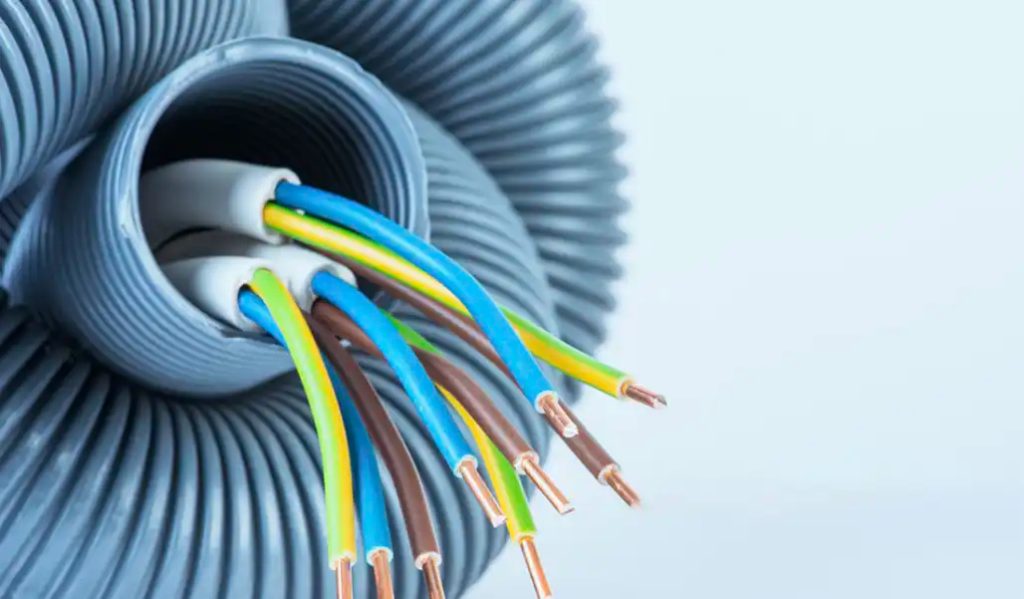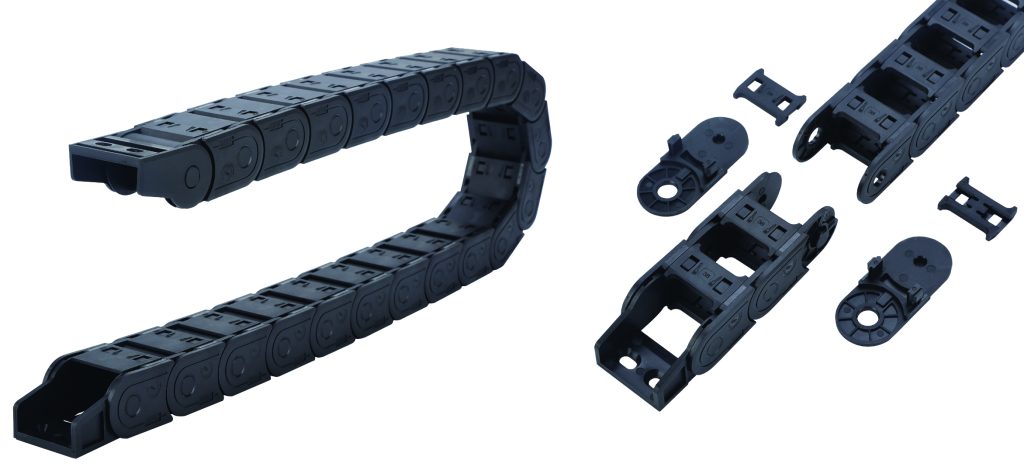
I’ve lost count of how many buyers ask me: “Chuck, which system actually fits my project?” 🤔 Let me share a quick truth – 80% of equipment failures I’ve seen came from mismatched cable management. Today, I’ll break down real-world scenarios where drag chains outshine flexible conduits.
Drag chains excel in high-stress industrial environments needing structured movement, while flexible conduits work better for static/low-motion setups. Key factors include load capacity, environmental exposure, and maintenance frequency.
Last month, a buyer from Texas wasted $12k installing conduits in a robotic welding line. Let me show you how to avoid such costly mistakes.
What Are the Core Differences Between Drag Chains and Flexible Conduits?
Most engineers focus on price first, but material behavior matters more. Picture steel drag chains vs silicone conduits – one’s a armored train, the other a garden hose.
Drag chains provide guided motion paths and superior protection, while conduits offer basic flexibility with minimal directional control. Certification compliance1 often decides this choice.

3 Critical Performance Comparisons
| Factor | Drag Chains | Flexible Conduits |
|---|---|---|
| Lateral Force | Handles 2000N+ | Fails above 500N |
| Temperature | -40°C to 120°C stable | Degrades past 80°C |
| Lifespan | 5-8 years (steel) | 1-3 years (typical) |
Take automotive assembly lines – our DOWE steel cable carriers withstand constant XYZ-axis movements that would shred conduits in weeks.
Which Industries Benefit Most from Drag Chains?
Food packaging plants taught me this lesson: Not all “heavy-duty” needs are equal. Wet environments demand IP69K-rated2 plastic drag chains, not generic conduits.
Automation, CNC machining, and material handling systems gain maximum ROI from drag chains due to repetitive motion demands. Conduits suffice for stationary power distribution.
Case Study: German Automotive Supplier
- Problem: Conduit cracks in robotic paint shop
- Our fix: Stainless steel energy chain with chemical-resistant lining
- Result: 316% longer service life vs previous solution
How to Avoid Certification Pitfalls? (Real Buyer Story)
Pranav (Ohio-based automation builder) once received fake ISO certificates from a Shenzhen supplier. His containment? Now he demands live video factory audits – smart move!
Always verify certifications through official portals and request batch-specific test reports. Our DOWE teams provide 24/7 video verification for any order.
Red Flags in Supplier Claims
- Vague “CE Mark3” without notified body number
- Missing material composition details4
- Refusal to share third-party lab contacts5
Can Hybrid Systems Work? A Practical Guide
Combine both! We helped a Dutch client use plastic drag chain conveyors for moving arms + conduits for static sensors. Key rules:
Hybrid Installation Checklist
- ✅ Separate power/signal cables
- ✅ Use transition brackets
- ❌ Never mix load types
- ❌ Avoid sharp bend transitions
Conclusion
Match heavy motion with drag chains, simple bends with conduits. Need certified solutions? Email me – we ship samples in 72h. 🚚
-
Certification standards ensure compliance with international safety requirements. ↩
-
IP69K rating guarantees protection against high-pressure washdowns in food/pharma environments. ↩
-
Authentic CE Mark requires EU compliance documentation from notified bodies. ↩
-
Material specs determine chemical/thermal resistance – critical for longevity. ↩
-
Independent labs validate performance claims beyond manufacturer self-declarations. ↩

